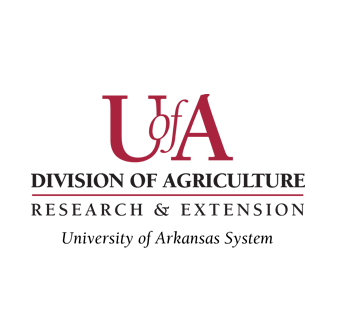Keywords
Mozambique, nutrition, food access
Abstract
In 2017, Mozambique ranked as one of the least developed countries in the world by measures of health, education, and income. With a minimal annual income, purchasing adequate food to meet recommended levels of nutrients for a healthy diet is difficult, leaving 40% of the country undernourished. This study analyzed what foods are available during the dry months (hungry season) of May through October in the Nampula province of Mozambique to determine if it is possible to meet recommended levels of nutrients from purchasing and growing food. Three different levels of income were used to determine what percentage of the country could purchase the recommended levels of nutrients: per capita income, government minimum wage, and the minimum wage at a private firm. Based on these income groups, 36% of the country would not be able to meet their needs from only buying food from the market at any time of the year. Those who grow their own food made meeting their nutrient needs more feasible, as they did not spend as much of their income (8% to 17%) on food. Different models were constructed to analyze the effect of the supplementation of specific vitamins and minerals that are continuously difficult to obtain. The most significant supplementation was of calcium, reducing the theoretical percentage of annual income spent on food from 325% to 65%. Based on these results, non-governmental organizations (NGO) or the Mozambican government should focus on a wide-scale supplementation program focusing on calcium to ensure proper nutrition.
Recommended Citation
Swanigan, H., & Nalley, L. L. (2020). The impact of income on nutrition: A case study of Northern Mozambique. Discovery, The Student Journal of Dale Bumpers College of Agricultural, Food and Life Sciences, 21(1), 75-81. Retrieved from https://scholarworks.uark.edu/discoverymag/vol21/iss1/15
Included in
Agribusiness Commons, Agricultural Economics Commons, Food Security Commons, Food Studies Commons, Growth and Development Commons, International Public Health Commons, Nutrition Commons




